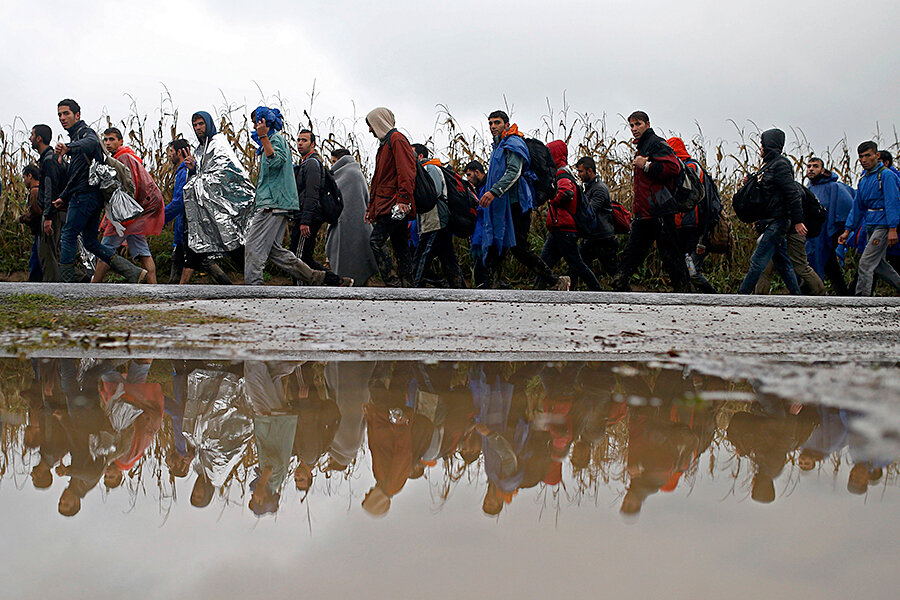Why Austria plans to build a border fence, too
Loading...
Following in the footsteps of fellow EU member state Hungary, Austria's government has announced plans to build a border fence of its own, in an effort to address the flow of migrants and refugees from Syria and other Middle Eastern countries who cross through its borders daily.
The proposed fence would run along Austria’s border with Slovenia. Austrian Interior Minister Johanna Mikl-Leitner emphasized that the fence is about regulation rather than blocking or control.
“This is about ensuring an orderly, controlled entry into our country, not about shutting down the border,” she stated in an interview with Austrian public radio network Ö1.
Slovenia has been a point of contention in the EU as it is a popular crossing point into central Europe for many refugees, after Croatia and Hungary.
But the sheer number of refugees that cross those borders daily – more than 20,000 at the end of September, with around 474,000 in total having made the trip crossing from the Mediterranean into Europe – has left many European countries at a loss for how to handle the influx.
At the end of August, Macedonia declared a state of emergency in an attempt to prevent refugees from Greece crossing through on their way north. And Slovenia is considering building its own border fence, on its southern border with Croatia.
Austrian Interior Minister Mikl-Leitner suggests that building a fence is a viable way to handle the refugee crisis, particularly in that it could help manage “aggressive” refugee populations.
"We know that in recent days and weeks individual groups of migrants have become more impatient, aggressive and emotional," she told Ö1. "If groups of people push from behind, with children and women stuck in-between, you need stable, massive measures."
Until recently, Austria has been hesitant to describe its plans by using the word “fence,” referring instead to heightened security measures and other regulations, perhaps in an attempt to allay concerns from its northern neighbor Germany, who has taken in the highest number of refugees thus far in the migrant crisis. Germany has been sharply critical of how Austria has chosen to handle its refugee population.
But the situation is complex. Hungary chose to build a border fence not only to stem the surging tide of refugees, but also in an attempt to preserve the ability that EU residents have to travel within the EU without documents. Austria may be choosing to build a fence for the same reasons.
Interior Minister Mikl-Leitner said that construction of the intended fence will begin after ten days of planning, according to the Associated Press. She declined to give an exact start date for the project.








